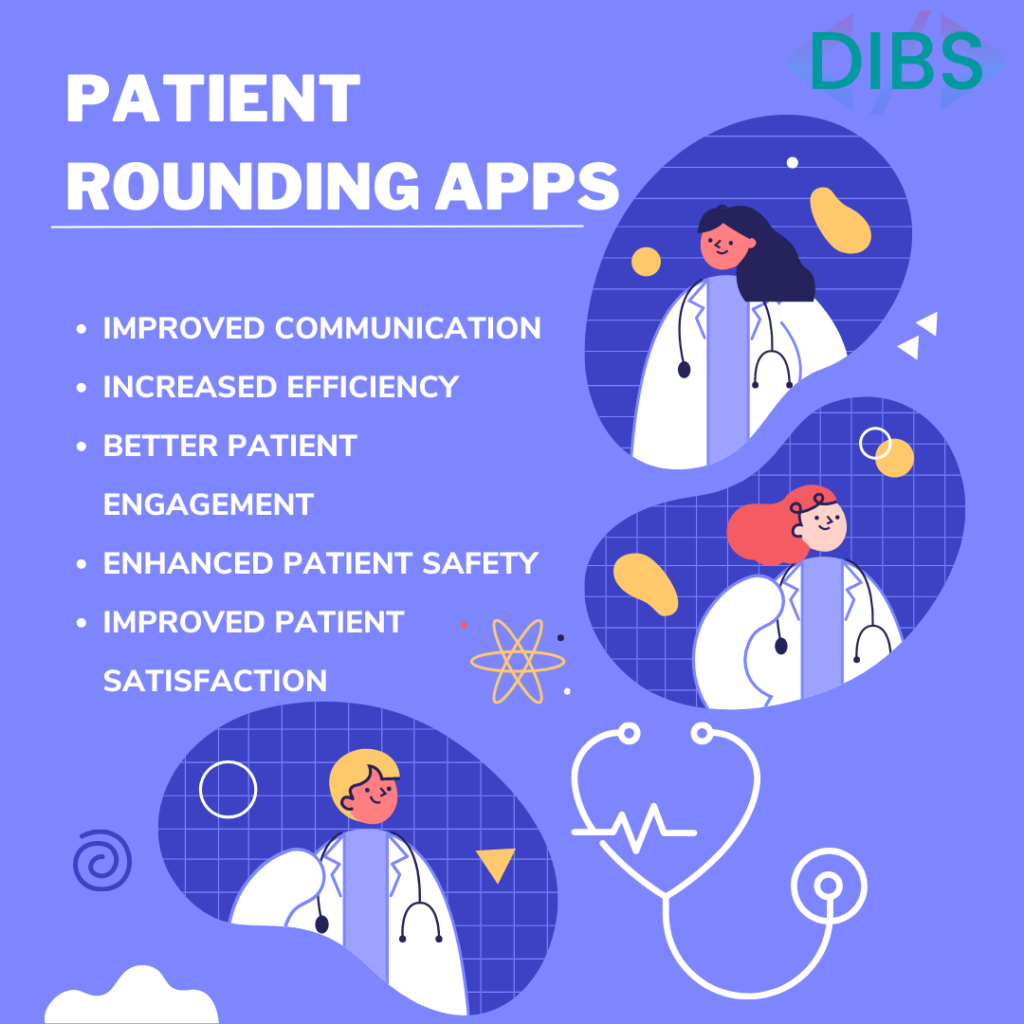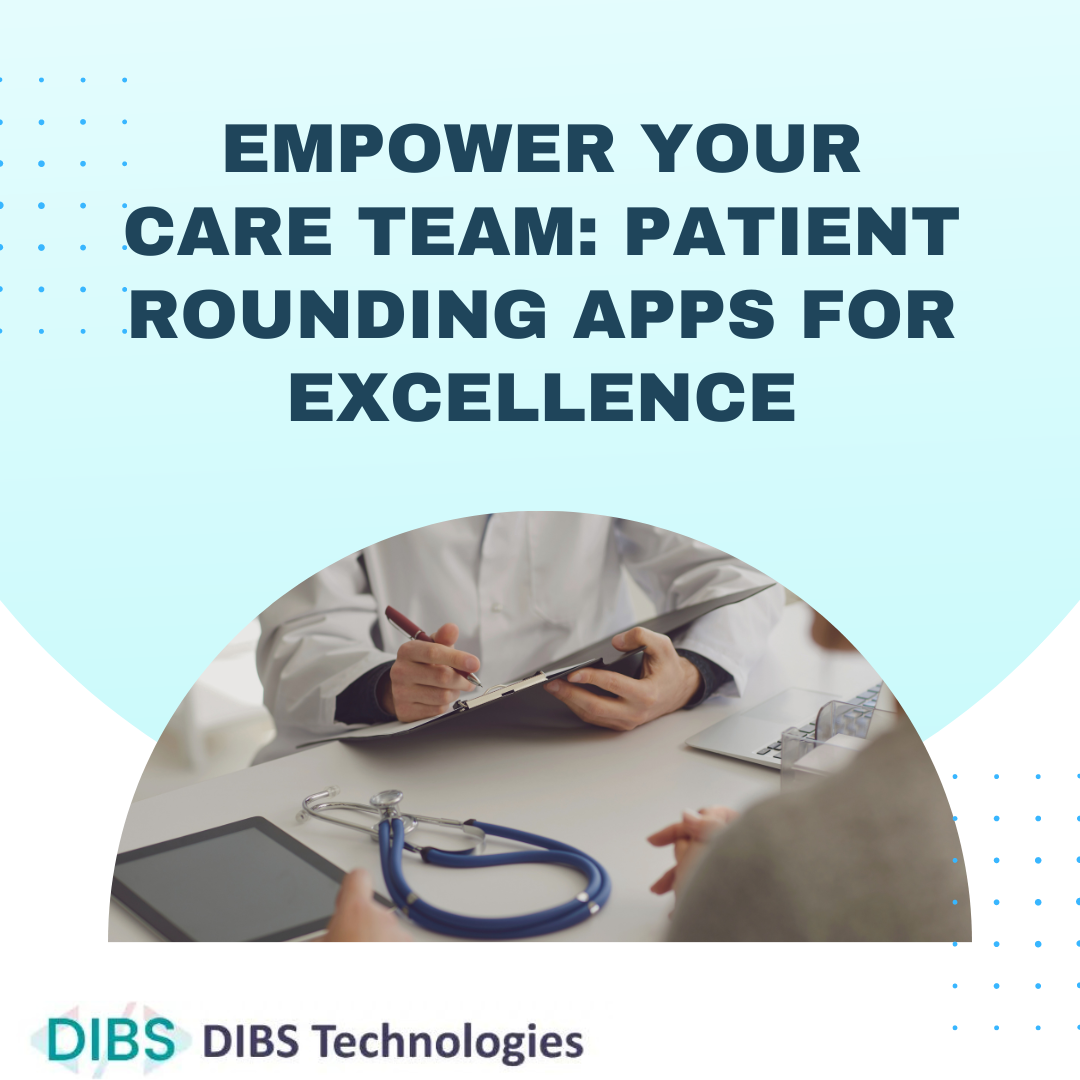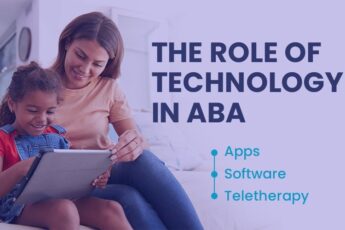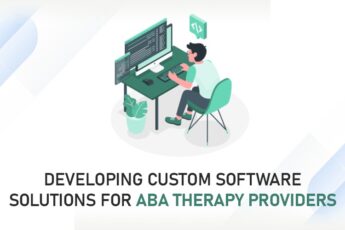Patient rounding refers to a process of regularly checking in with patients to assess their needs, address their concerns, and ensure they are receiving quality care. Historically, rounding has been done manually, but with the advent of technology, patient rounding apps have emerged as an effective tool for healthcare providers to improve patient satisfaction and outcomes.
Patient rounding apps are designed to streamline the rounding process and facilitate communication between patients and healthcare providers. These apps enable healthcare providers to assess patients’ needs, document their care plans, and track their progress.
In the ever-evolving landscape of healthcare, patient care remains at the forefront of every wellness center, diabetic specialty hospital, and medical institution. With the rapid advancement of technology, patient rounding apps have emerged as powerful tools to enhance the quality of care and streamline operations. For companies and businesses looking to create such apps, the opportunities are vast, and the impact is profound. In this blog, we will explore the world of patient rounding apps, their significance in healthcare, and the key considerations for businesses looking to develop these transformative tools.
Understanding Patient Rounding Apps
Patient rounding apps, at their core, are software applications designed to facilitate and enhance the process of patient rounding – the regular check-ins and assessments conducted by healthcare professionals to monitor and manage patients’ conditions. These apps leverage the capabilities of smartphones and tablets to provide a digital platform for healthcare providers to record and access patient information, track vital signs, set reminders, and communicate effectively within a healthcare facility.
The Significance of These Apps
Improved Patient Care:
Patient rounding apps empower healthcare providers to deliver more attentive and personalized care. Real time access to patient data enables quicker response to changes in health status, leading to early intervention and improved outcomes. For diabetic specialty hospitals, this can mean better blood glucose control and fewer complications.
Efficiency and Productivity:
These apps streamline workflow, reducing administrative burdens and allowing healthcare staff to focus on what they do best—caring for patients. Automation of routine tasks such as data entry and medication reminders saves time and minimizes errors.
Enhanced Communication:
Effective communication is vital in any healthcare setting. Patient rounding apps facilitate seamless information exchange among healthcare teams, ensuring that everyone is on the same page regarding patient progress, treatment plans, and goals.
Data Analytics and Insights:
Patient data collected through these apps can be analyzed to identify trends, patterns, and opportunities for improvement in patient care. So, For wellness centers, this can lead to better wellness program customization based on user data.
Considerations for Creating Patient Rounding Apps
Developing patient rounding apps requires a thorough understanding of the healthcare landscape and a commitment to patient-centric design. Here are key considerations for businesses venturing into this field:
Compliance with Healthcare Regulations:
Healthcare is a highly regulated industry, and patient data privacy and security are paramount. Businesses must ensure that their apps comply with all relevant regulations, such as HIPAA in the United States, to protect patient information.
User-Centered Design:
Design the app with the end-users in mind—healthcare providers. The user interface should be intuitive, and the patient rounding app should support efficient workflows, minimizing disruptions to patient care.
Interoperability:
To maximize the app’s utility, it should be compatible with existing Electronic Health Records (EHR) systems and other healthcare software. So, Seamless integration will reduce duplication of data entry and ensure that all relevant patient information is accessible in one place.
Customization and Scalability:
Different healthcare facilities have unique needs. Provide customization options so that the app can adapt to various clinical settings, from wellness centers to diabetic specialty hospitals. Scalability is also crucial as the app should accommodate the growing needs of expanding healthcare institutions.
Data Analytics and Reporting:
Implement robust data analytics capabilities that allow healthcare providers to gain valuable insights from patient data. So, Reporting tools can help in tracking key performance indicators and assessing the app’s impact on patient care.
Continuous Improvement:
Healthcare is dynamic, with new best practices and treatment protocols emerging regularly. Commit to ongoing development and updates to keep the app relevant and aligned with the latest advancements in healthcare.
Here are some of the ways patient rounding apps are improving patient satisfaction and outcomes:
- Improved Communication: Patient rounding apps enable healthcare providers to communicate more effectively with patients. Providers can use the app to document patient concerns, track their progress, and communicate care plans with other members of the healthcare team.
- Increased Efficiency: Patient rounding apps streamline the rounding process, leading to increased efficiency. Providers can use the app to document patient information, assess patient needs, and prioritize their tasks.
- Better Patient Engagement: Patient rounding apps enable patients to be more involved in their care. Patients can use the app to communicate their needs and concerns with their healthcare provider and track their progress.
- Enhanced Patient Safety: Patient rounding apps facilitate the identification of potential safety issues. Providers can use the app to document and track patient safety concerns, ensuring that they are addressed promptly.
- Improved Patient Satisfaction: Patient rounding apps enable healthcare providers to address patient concerns more quickly and effectively. Thus, leading to improved patient satisfaction. Thus, Providers can use the app to document patient feedback and track their progress in addressing any issues.

In conclusion, patient rounding apps are transforming patient care in wellness centers, diabetic specialty hospitals, and healthcare facilities worldwide. These apps not only improve patient outcomes but also streamline operations and enhance communication among healthcare providers. Thus, Companies and businesses seeking to create these transformative tools have the opportunity to revolutionize healthcare delivery and make a meaningful difference in patients’ lives.
Talk to our experts to delve deeper into the latest healthcare technologies and explore how the DIBS team can play a pivotal role in elevating patient engagement and satisfaction through efficient communication, ultimately enhancing the overall patient experience.







Leave a Comment